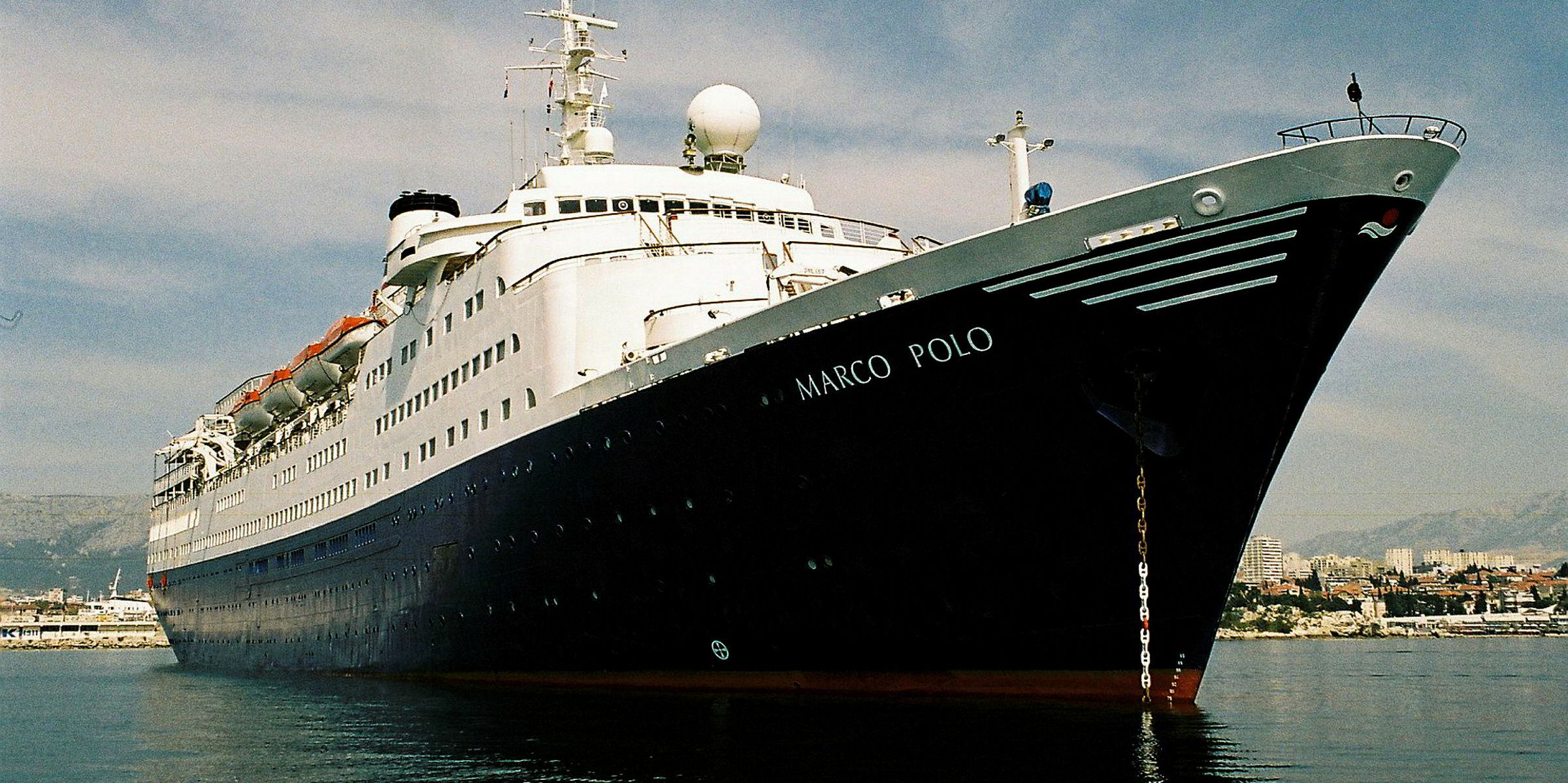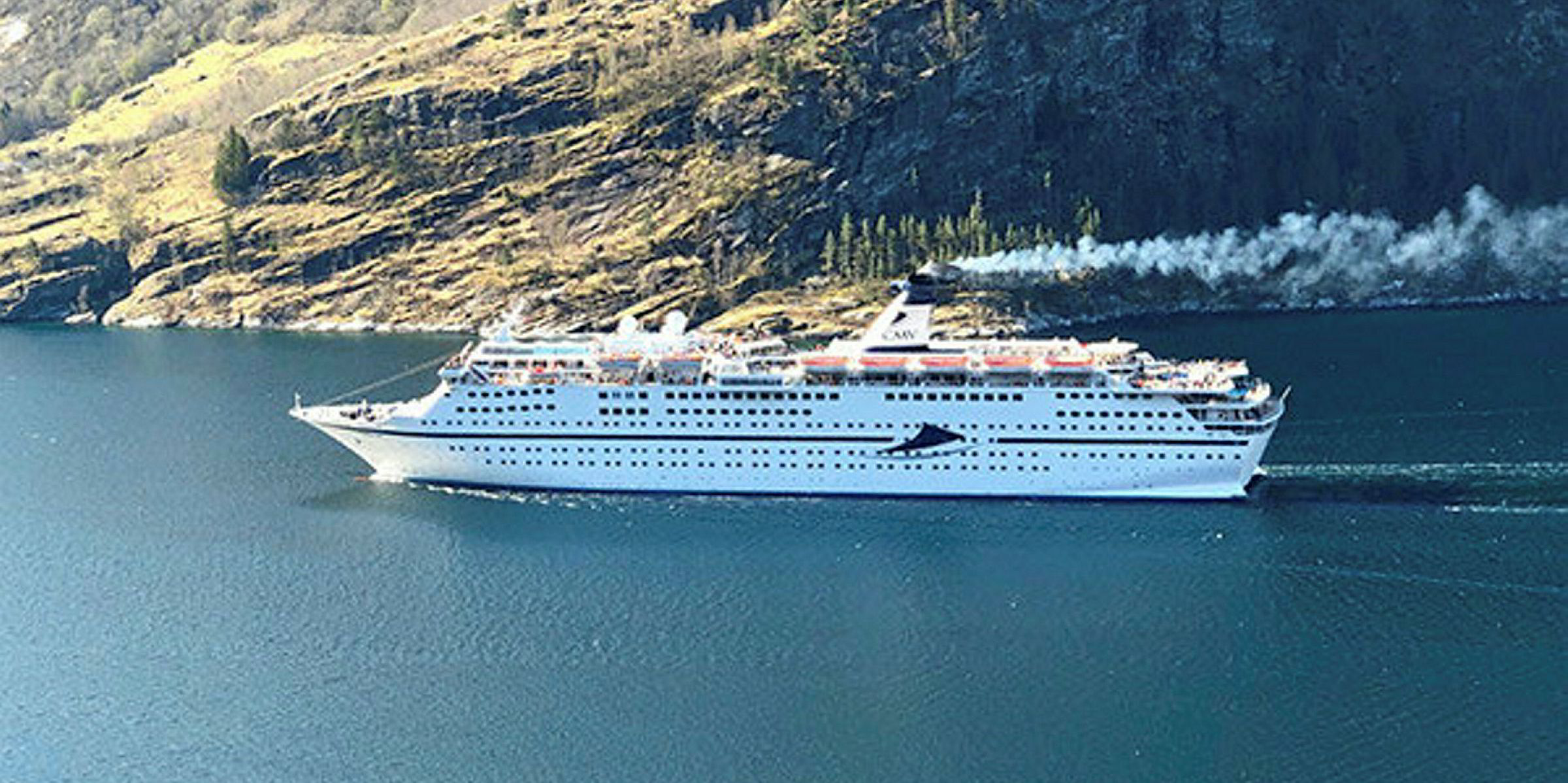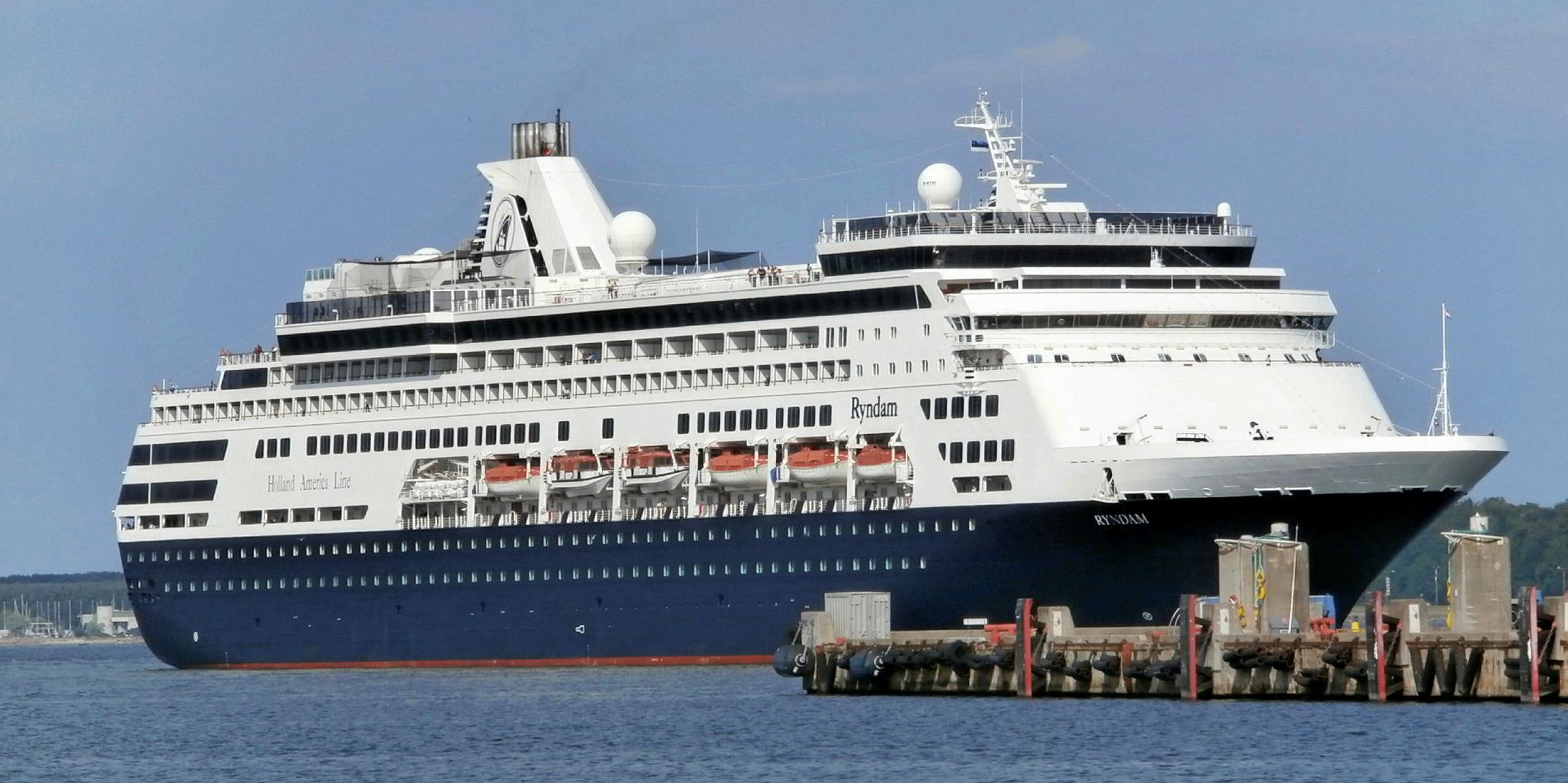Bids have been accepted on all five Global Maritime Group cruiseships that traded in the fleet of UK-based Cruises & Maritime Voyages (CMV) prior to the company becoming a victim of the pandemic.
Most have gone to trading buyers, indicating there is still interest in older cruiseships.
Not all CMV ships have been so fortunate, based on the results of the two latest auctions that involved the company's smallest, oldest ships.
The 20,800-gt Astor (built 1987), which CMV’s tonnage provider Global Maritime Group bought for $30m in 2014, was sold for just $1.7m — a price one industry observer described as “the cost of an apartment in London or a family house in Sydney”.
Auctioneers CW Kellock & Co confirmed the price, but director Paul Wilcox said he was unable to disclose the buyer.
However, some industry insiders indicated the Astor was sold for recycling.
A happier fate is said to await the 22,000-gt Marco Polo (built 1965), which also went under the hammer. This veteran, the second-oldest cruiseship still in service at the time of CMV’s collapse earlier this year, is said by several industry sources to have gone to a trading buyer.
Wilcox said he was unable to disclose the sale price for the Marco Polo until it was paid in full.
Possible CMV relaunch?

Some industry sources believe the Marco Polo may have been bought to relaunch CMV under a different guise.
In September, Christian Verhounig, CMV's former chief executive and now head of CVI Group, bought assets from the old firm including customer databases, booking systems and intellectual property, as well as cars and office furniture.
He indicated at the time that the business would be relaunched.
Travel industry sources told TradeWinds that the Marco Polo, despite its age, would be the ideal ship for such a move. The vessel is said to have had an incredibly strong and loyal following among CMV’s customer base.
Verhounig could not be reached for comment.
In recent weeks, other CMV ships were snapped up by trading buyers.
Portuguese cruise company Mystic Invest bought the 55,900-gt Vasco da Gama (built 1993), which was the first to go under the hammer. It has now emerged the company paid $10.18m for the ship.
Mario Ferreira, Mystic's chairman, said his company would target English and German passengers with the new acquisition.
Greek shipowner Marios Iliopoulos, via his ferry company Seajets, bought the next two ships put up for auction, the 46,000-gt Magellan (built 1985) and 63,800-gt Columbus (built 1989).
The Columbus was sold for $5.3m. No details have been released yet on what Iliopoulos paid for the Magellan.
Seajets is believed to have bought the ships as potential asset plays. A company executive recently told TradeWinds that it would decide what to do with the vessels after the pandemic was over.
Wilcox said that each of the sealed-tender auctions attracted five or six bids, with interest shown by a mix of trading and scrap buyers.
The final ship of the CMV fleet, the 16,100-gt Astoria (built 1948), has been taken back by the liquidators of Portuscale Cruises, from whom CMV chartered it.







